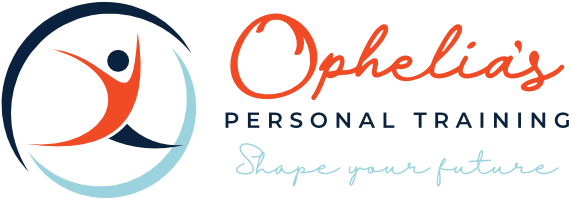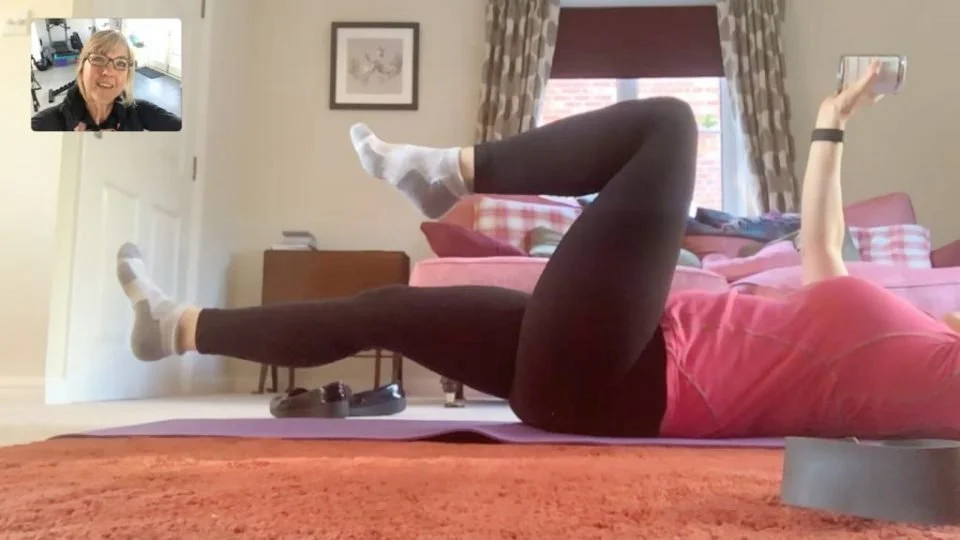Exercising Safely (at Home) Checklist
Exercising at home is great for us all. Reporting in the Journal of the American Medical Association, researchers from the US National Institutes of Health found that for an extra 4,000 steps taken in a day, the risk of dying early from heart disease, cancer and other causes drops by about 50 per cent.
Maintaining and improving our physical strength, mobility, balance and range of movement is always essential for our bodies, but your safety and minimising the risk of accidents or injury is also of paramount importance. Please take every precaution to avoid any injury.
Ensure you:
Have an appropriate means of contacting someone in case of an accident or injury
Check with your doctor before undertaking a new exercise regime that it is suitable for you, particularly if you have any medical issues
Ask a fitness professional if the exercises are appropriate for your body and fitness level to reduce and avoid injury
That you stop and seek adviceIf any exercise causes you pain. Not every exercise is suitable for every body.
Have sufficient space to perform the exercises safely and move freely without obstacles or obstructions such as furniture, equipment, pets, small children and other hazards.
All equipment must be safe and in a suitable condition for the activity being performed
Surrounding floor space is entirely clear to remove any hazards that may increase the risk of slips, trips or falls
There is sufficient heating, lighting, ventilation and hydration
If an exercise or regime doesn’t feel right for your body, take note. Our bodies are all different – one size rarely suits all. Exercises often need tweaking to suit individual needs and outcomes. Listen to your body and your instinct and ask for advice if you’re unsure.


